第9回RPSグラント受賞写真家 高橋健太郎写真展
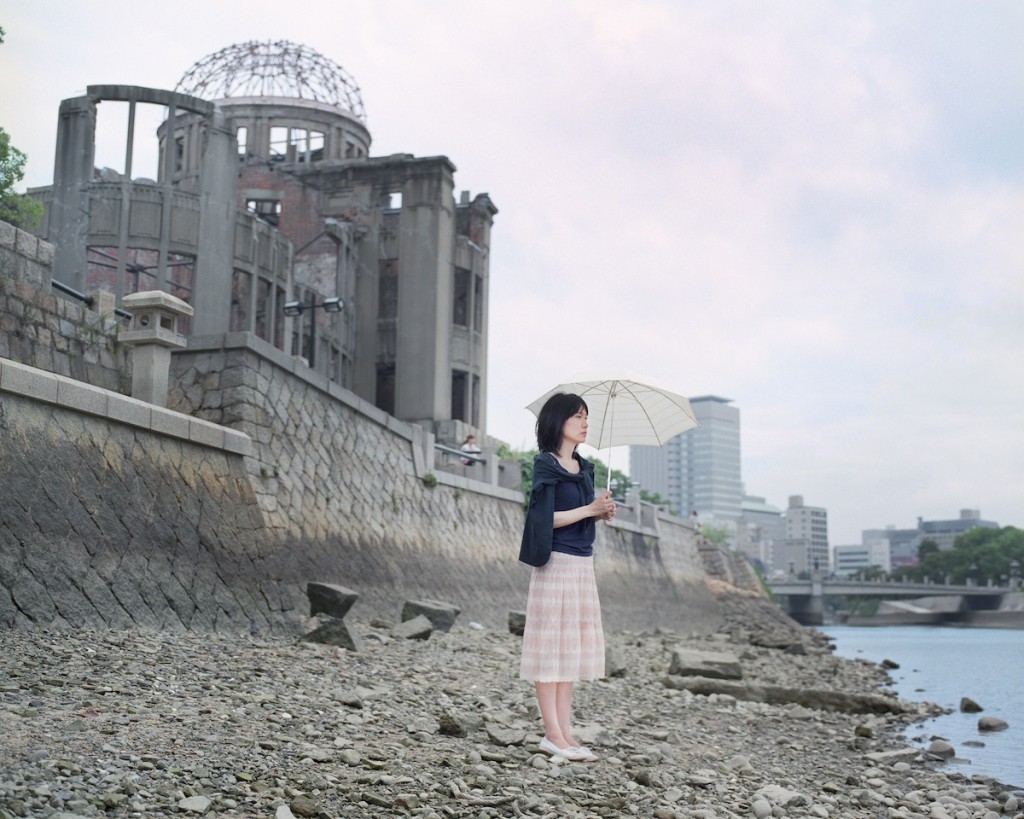
© Kentaro Takahashi / The 9th RPS grantee
Reminders Photography Strongholdは、第9回RPSグラントを受賞した写真家高橋健太郎を迎え、写真展「HIROSHIMA 2015」を開催いたします。
高橋健太郎は、古くから日本人が様々な作品のモチーフとしてきた多摩川を題材に日本人の思考体系を浮かび上がらせたプロジェクト「河床(かしょう)」で第9回RPSグラントを受賞。
受賞後、RPSグラントレビュアーの一人であるル・モンド(仏紙)フォトエディターMarie Lelievreによる公開ポートフォリオレビューおよび編集セッションにも参加し、そこからの繫がりで同紙からのアサインメントを受け、原爆投下70周年の広島を撮影しました。
特集は同紙に大々的に掲載され、注目を集めました。
Link : http://www.lemonde.fr/japon/visuel/2015/08/06/hiroshima-au-dela-de-l-epicentre_4705022_1492975.html#meter_toaster
「世界的に知名度の高い都市 ”HIROSHIMA”。原爆投下から70年経った今の姿を見せることが、
この時代に対しての大きな疑問提起になる」—高橋健太郎
「HIROSHIMA 2015」ステートメント
時が経てば実体験を持つ者は消える。学校の教科書に載せ、誰かがが決して忘れてはならないと言っても、それはどうしようもなく70年前の出来事なのだ。そうして歴史は繰り返されてきたことに人々は気付いている。であるならば、今、私にできることは原爆投下後すぐに写し撮られたあの白と黒のヒロシマではない、戦後70年経った2015年の広島がどんな姿にあるのかを撮影し、そしてその写真を観て立ち止まって考えることなのだと思う。
写真家プロフィール
写真家高橋 健太郎は1989年、横浜生まれ。
2012年、青山学院大学社会情報学部卒業。
卒業と同時にスイス人の写真家Andreas Seibertのアシスタントとなる。2013年以降、自身のプロジェクトを撮影し始める。2014年、多摩川を題材にしたプロジェクトでJörg Colberg主催のConscientious Portfolio Competition 2014にArianna Rinaldoによってセレクトされる。同プロジェクトで第9回RPS Grant受賞。
彼の作品はThe New York Times(米紙)、Le Monde(仏紙)等で紹介されている。
会期 2015年10月3日(土)〜10月25日(日)
午後1時〜午後7時(会期中無休)
オープニングレセプション及びアーティストトーク:2015年10月3日(土)午後4時〜
※オープニング当日、Le Monde(仏紙)フォトエディターのMarie LelievreもSkypeで参加します。
会場 Reminders Photography Strongholdギャラリー
東京都墨田区東向島2-38-5
入場料無料
※更なる写真展情報の更新はFacebookページでご確認下さい。
◎グラントについて
RPSに企画展を提案して頂き、 RPS審査委員会の審査を通過された方に、RPSギャラリースペースを、5日以上(最高20日まで)無償でご利用いただけます。
対象:写真家、キュレーター、ギャラリスト、ほか、
*RPSギャラリーの広さは90平方あまり、自主ギャラリーとしては都内でも有数の面積をほこります。
*RPSギャラリーを利用しての企画展開催にあたっては、RPSのグローバルなネットワークをフル活用し、世界に向けて、写真家及び作品の広報活動展開をお手伝いします。
*プリント、額装、運搬、保険加入等にかかる費用などは企画提出者による負担になります。
*この展示企画でグラントを受けることになった方はRPSレジデンシーに自動的に5日間まで無料で宿泊出来ます。
*写真展を企画として提出する場合はプリント、額装、輸送費などは企画提出者による負担になります。
更なる詳細はこちら→https://reminders-project.org/grantjp/
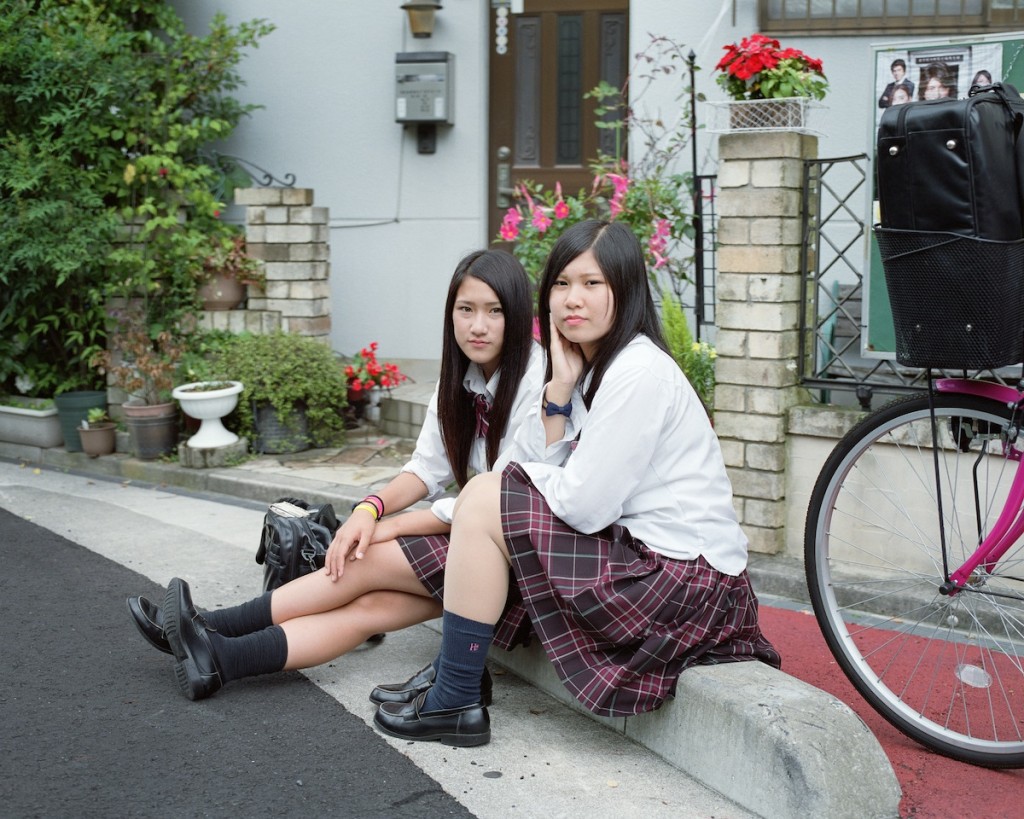
© Kentaro Takahashi / The 9th RPS grantee
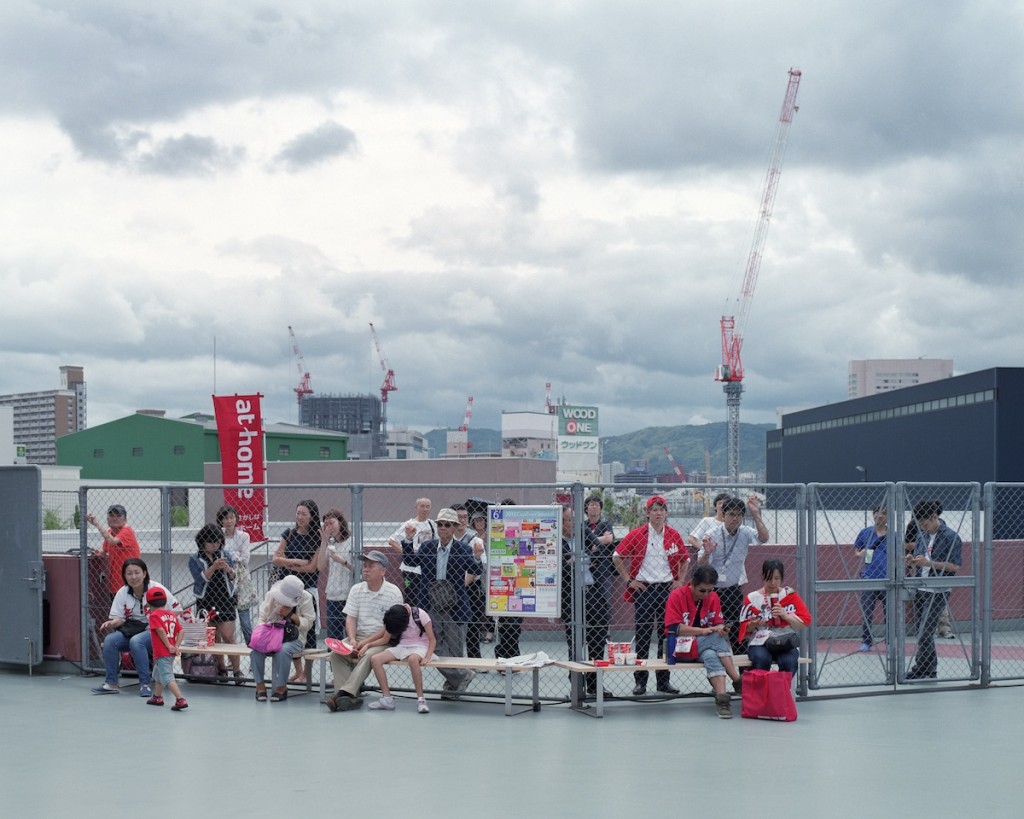
© Kentaro Takahashi / The 9th RPS grantee
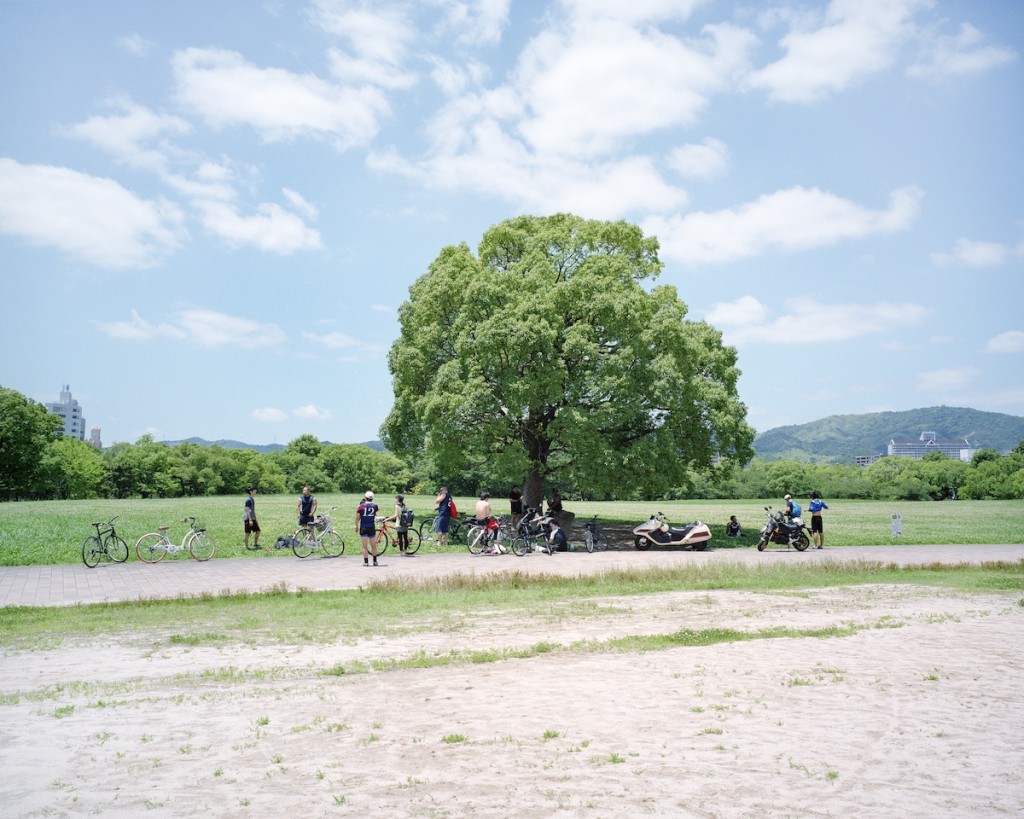
© Kentaro Takahashi / The 9th RPS grantee
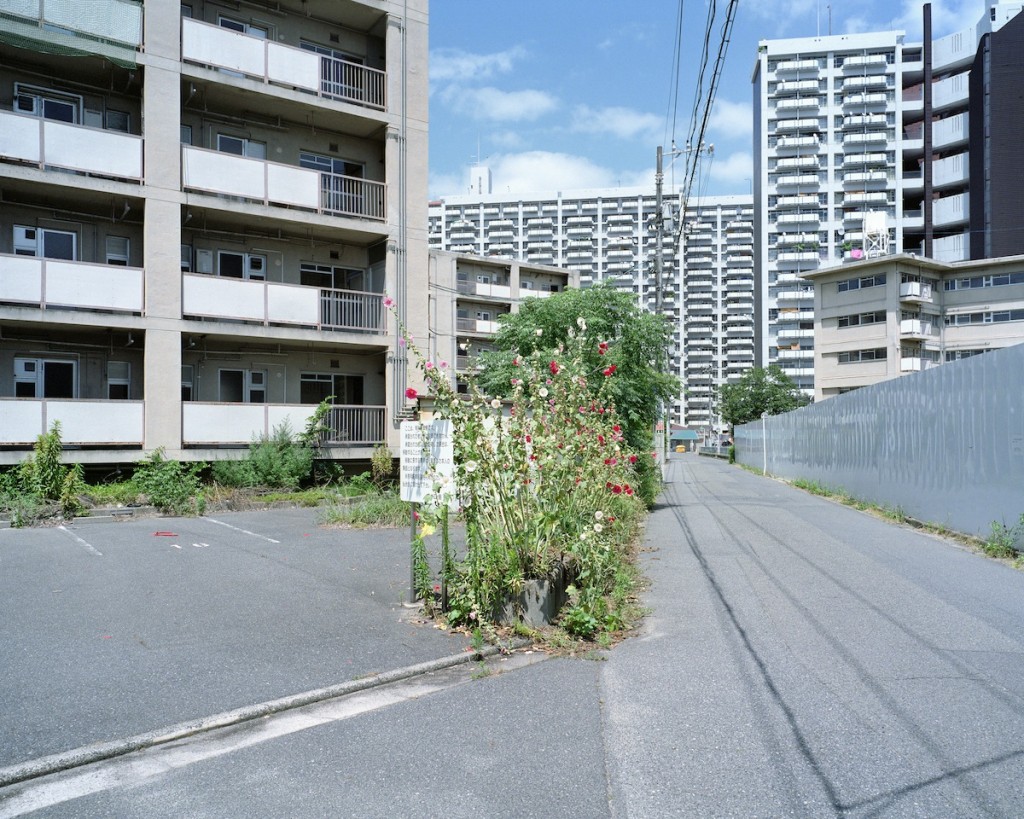
© Kentaro Takahashi / The 9th RPS grantee
